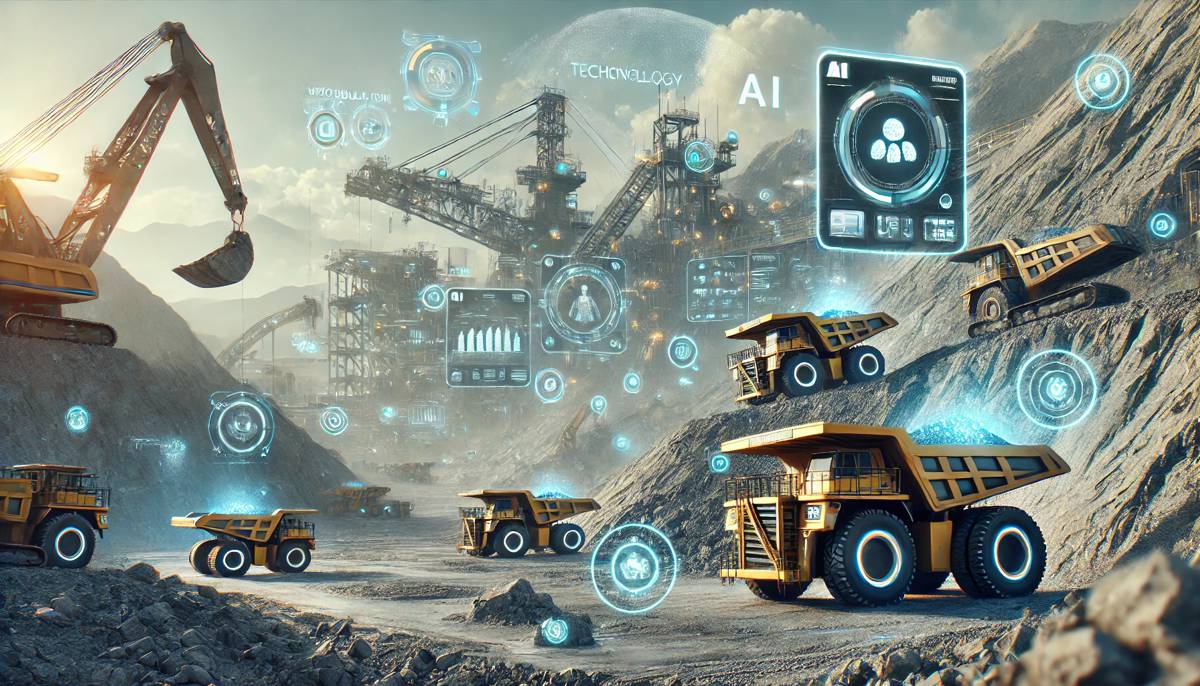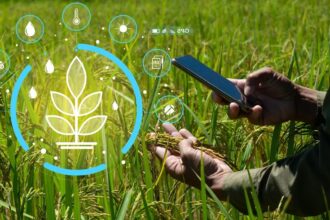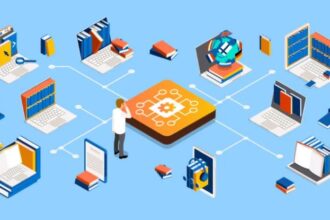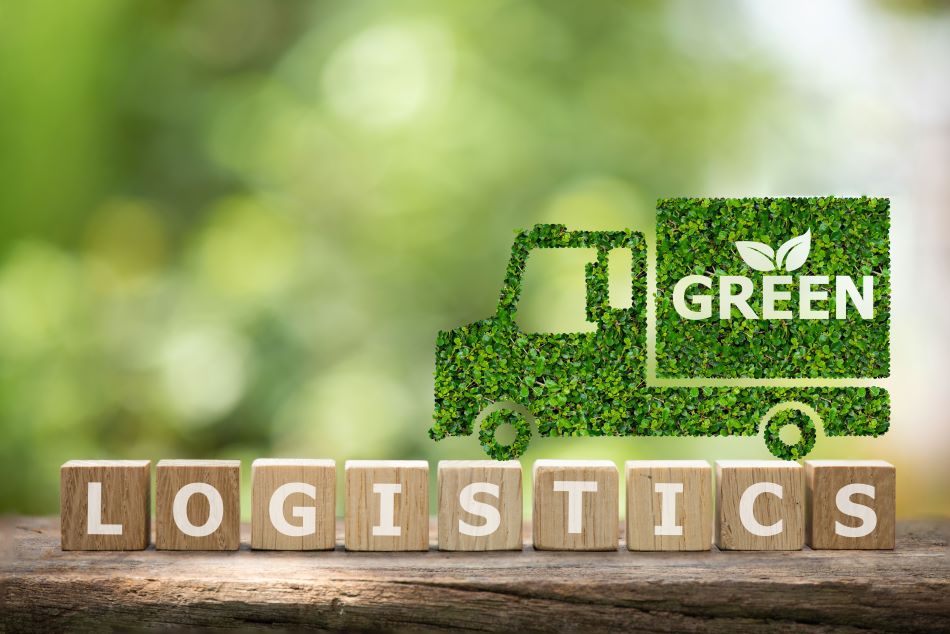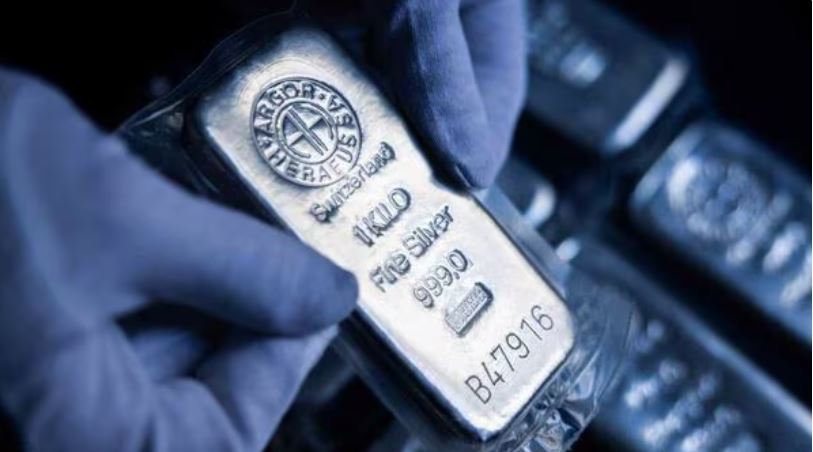Mining might not be something that affects our daily life directly, but almost every physical product we depend on comes from natural resources extracted by mining. We can consider mines as a giant, slow-moving enterprise that transforms geology into cash. For decades, the industry squeezed value by moving more rock and hiring more crews. Now, a “thinking layer” of software is being added that can spot unseen deposits, optimize plant chemistry, and warn before a hazard occurs.
The World Economic Forum claims that the demand for critical minerals is expected to increase by up to 6 times by 2040. On the other hand, according to a Deloitte report, around 700,000 new workers are required in the critical minerals extraction industry to meet net-zero targets by the year 2030. So, the use of artificial intelligence (AI) in mining is less about replacing miners and more about turning every ton, hour, and sensor reading into measurable value. Let’s have a look at the top 5 examples with real-life use cases.
- Exploration and Productivity
The AI in mining market stood at $29.94 billion in 2024 and is projected to grow at a CAGR of 41.87% from 2025 to 2033. This is simply because AI/ML models can analyze a vast amount of geological datasets to flag high-probability targets and prioritize drill campaigns. This compresses exploration cycles and reduces the cost-per-discovery. Faster discovery reduces time to resource definition and limits wasted drilling spend, improving exploration ROI. Autonomous systems are said to lead to an estimated 15% increase in productivity.
In January 2025, KoBold Metals, an AI-first minerals explorer backed by Bill Gates and Jeff Bezos, scaled with large funding rounds and is explicitly using AI to identify critical minerals targets across multiple countries. Earlier in February 2024, the company had discovered a vast copper deposit in Zambia with the help of OpenAI’s generative AI technology.
- Predictive Maintenance
AI models ingest telematics, vibration, hydraulic, and operating data to predict component failures hours, days, or weeks in advance. The shift from reactive repairs to planned maintenance reduces spare-part inventory costs and unplanned downtime (a major cost item for large operations). It increases throughput and lowers maintenance costs per ton.
Komatsu’s move to acquire Chile-based digital solutions provider Octodots Analytics and integrate AI/edge analytics shows OEMs and mine operators using AI for equipment health and optimization across fleets.
- Safety, Hazard Detection and Workforce Protection
Computer vision and sensor analytics detect unsafe behaviors, track ground-instability signals, and predict gas leaks or ventilation failures. AI can automatically trigger alarms or slow/stop equipment. Fewer incidents mean lower direct compensation/legal costs and much lower indirect costs (shutdowns, reputation damage, lost licenses). Safer sites also help with workforce retention and community license to operate. Industry leaders such as BHP and Rio Tinto have highlighted safety as a primary benefit of AI investments. These companies explicitly cite safety gains when describing AI and automation initiatives aimed at reducing risk.
- Environmental Monitoring and Decarbonization
AI analyzes remote sensing, satellite imagery, emissions data, and process metrics to detect leaks, optimize energy use, and model water and tailings impacts. Lower emissions, better compliance, and improved investor ESG scores can lower capital costs and open access to ESG-linked financing. By integrating AI at its Escondida copper complex in Chile, BHP claims it has saved more than 3 gigalitres of water and 118 GW-H of energy since 2022.
Cloud and software vendors such as Microsoft’s mining AI work are publishing frameworks and tools to accelerate decarbonization and sustainability monitoring using AI. These are being adopted by miners as part of digital transformation roadmaps.
- Autonomous Haulage and Process Optimization
Trucks, drills, and other heavy equipment can run with autonomy or driver-assist systems that use computer vision, optimization algorithms. This translates to reduced labor cost per ton and higher uptime, along with predictable cycle times. Ma’aden, a mining company in Saudi Arabia, for example, saw enhanced productivity, with MS Copilot users saving up to 2,200 hours monthly.
Other major miners are also establishing AI hubs and cloud partnerships to accelerate enterprise AI across their operations and supply chains. Launched in May 2025, BHP’s Industry AI Hub in Singapore is a concrete example of miners building central capabilities to solve these kinds of enterprise problems.
Final Thoughts
AI in mining is a new operating logic. It can convert raw signals into continuous business decisions that cut risk and accelerate productivity. Today, AI has become a multiplier that squeezes more value out of the same assets, making new supply faster and protecting margins.




